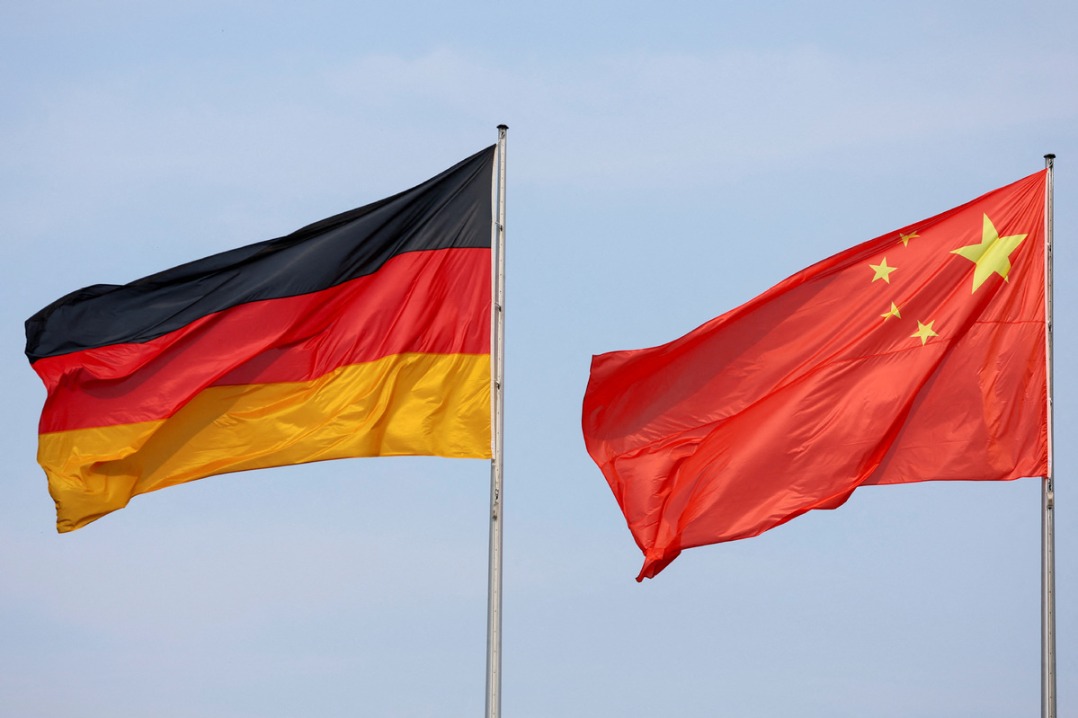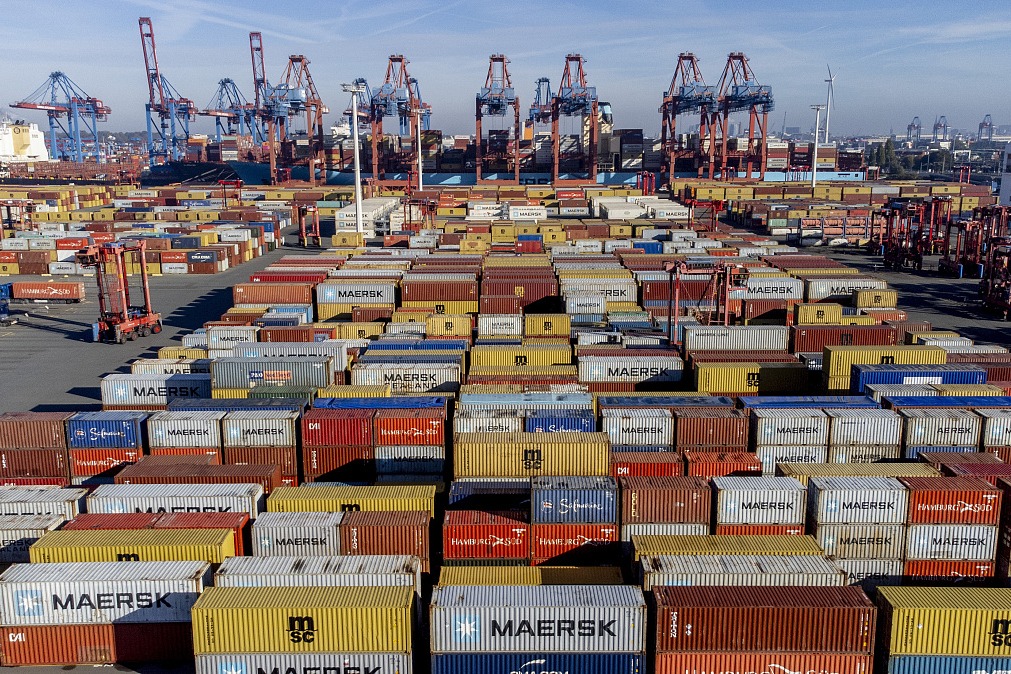Financial industry

Aiming to become a "financial center with international influence", Beijing has strengthened its financial management function, continued to develop headquarters finance and specialized finance and provided services for financial headquarters and financial backup platforms, absorbed world-renowned emerging financial organizations, cultivated new financial patterns including offshore finance, direct investments by securities traders as well as trust and leasing. Beijing has improved its functions as a bond issuing and settlement center. Beijing's financial industry has become a pillar industry supporting its socio-economic development.
Beijing has formed a financial development pattern of "one center, one sub-center, three new zones and four backup platforms". "One center" refers to the Financial Street, which emphasizes the development of headquarters finance. "One sub-center" is the Beijing Central Business District, concentrating on developing global finance. "Three new zones" signifies the West Zone of Zhongguancun, combining science and technology with finance; the East Second Ring Transport and Business Zone, developing industrial finance; and the Lize Finance and Business Zone, emphasizing new financial patterns. "Four backup platforms" are Haidian Daoxiang Hu, Chaoyang Jinzhan, Tongzhou New Town and Xicheng Desheng. The above-mentioned financial zones are home to nearly 90 percent of Beijing's financial organizations and financial personnel. In 2016, their industrial added value reached 426.68 billion yuan ($ 64.49 billion), an increase of 9.3 percent over the previous year, accounting for 17.1 percent of Beijing's GDP in 2016.
At the end of 2016, the balance of renminbi and foreign currency deposits of Beijing's financial organizations was approximately 13.80 trillion yuan ($ 2.09 trillion), an increase of 7.7 percent over the previous year. The balance of renminbi and foreign currency loans of Beijing's financial organizations was approximately 6.4 trillion yuan ($ 0.97 trillion), a year-on-year growth of 8.8 percent.
In 2016, there were 281 A-share companies in Beijing, issuing stock of 2.3 trillion yuan ($ 0.35 trillion) in total, accounting for 41.54 percent of that in China. The number of companies listed on China's National Equities Exchange and Quotations was 1,479. The regional equity exchange market provided services to 4,199 medium small and micro-sized enterprises. The 17 new A-share listed companies raised funds of 13.03 billion yuan ($ 1.97 billion) in the A-share market through IPO, accounting for 8.2 percent of China's total volume.
In 2016, Beijing's insurance premium revenue totaled 183.90 billion yuan ($ 27.80 billion), a year-on-year growth of 31 percent. Insurance intensity and density were 7.5 percent and 8,359 yuan ($ 1263.44) per capita respectively, making Beijing be the lead city in China.
The total assets of the payment service industry (payment service provided by non-financial institutions) increased by 36.4 percent year-on-year in 2016 and the revenue of the industry grew by 30.6 percent compared to the previous year. The total assets of the financial information service industry increased by 29.8 percent year-on-year in 2016 and the revenue of the industry grew by 63.6 percent compared to the previous year.
MOST POPULAR
- 1 Things to know about China Intl Consumer Products Expo 2024
- 2 China tops FDI confidence index of emerging markets
- 3 China specifies steps to improve payment services in tourist attractions
- 4 Low-altitude economy set to take off
- 5 China's immigration service platform receives over 10m calls from home, abroad
Editors' Picks
 Infographic:
A look at China's economy in Q1 of 2024
Infographic:
A look at China's economy in Q1 of 2024
 Infographic:
China to remove foreign ownership restrictions in value-added telecom services in pilot areas
Infographic:
China to remove foreign ownership restrictions in value-added telecom services in pilot areas
 Infographic:
2023 Sino-German investment and trade in numbers
Infographic:
2023 Sino-German investment and trade in numbers
 Infographic:
China-Germany relations in graphic
Infographic:
China-Germany relations in graphic



